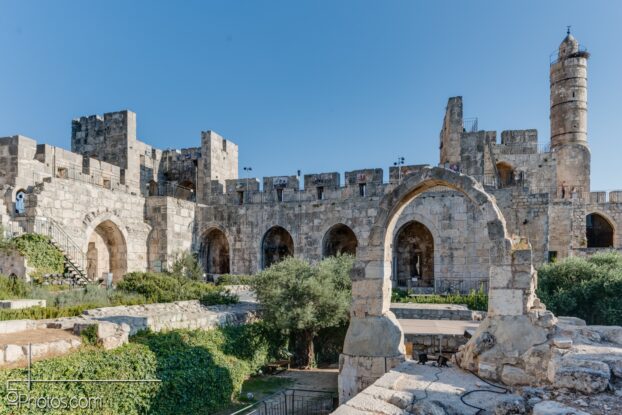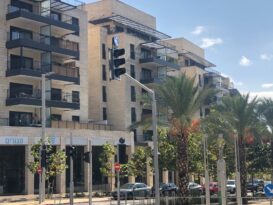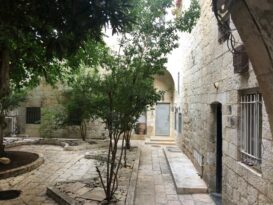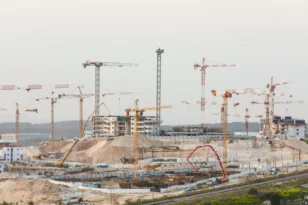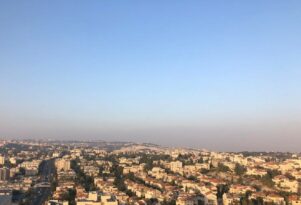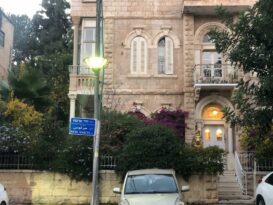Jerusalem’s housing market is expected to change dramatically in the next decade after years of relatively little construction. A large number of plans currently being advanced will result in the construction of tens of thousands of new homes in the city. The proposals include a new city center to be built in place of a defunct industrial zone; new neighborhoods with thousands of apartments on the ridges to the west of the city; a new neighborhood to be built over the main central route of the city; and more.
Apart from being Israel’s capital city, Jerusalem is also the largest city in Israel, and by a huge margin when compared to Tel-Aviv, the second-largest city. At the end of 2019 the number of residents in the capital (including East Jerusalem) stood at 936,000, more than twice the number of Tel-Aviv residents at 460,000. Yet, for many years there has been very little construction of new homes in Jerusalem, especially in relation to its size.
When it comes to Israel real estate, the scale of construction in Jerusalem has lagged well behind Tel-Aviv, as well as other cities. In 2020 the number of new residential construction starts in Jerusalem was slightly less than 2,500, a figure which puts it not only far behind Tel-Aviv (approximately 3,500 new apartments), but also behind Rishon Lezion, Ashkelon, and Ramat Gan.
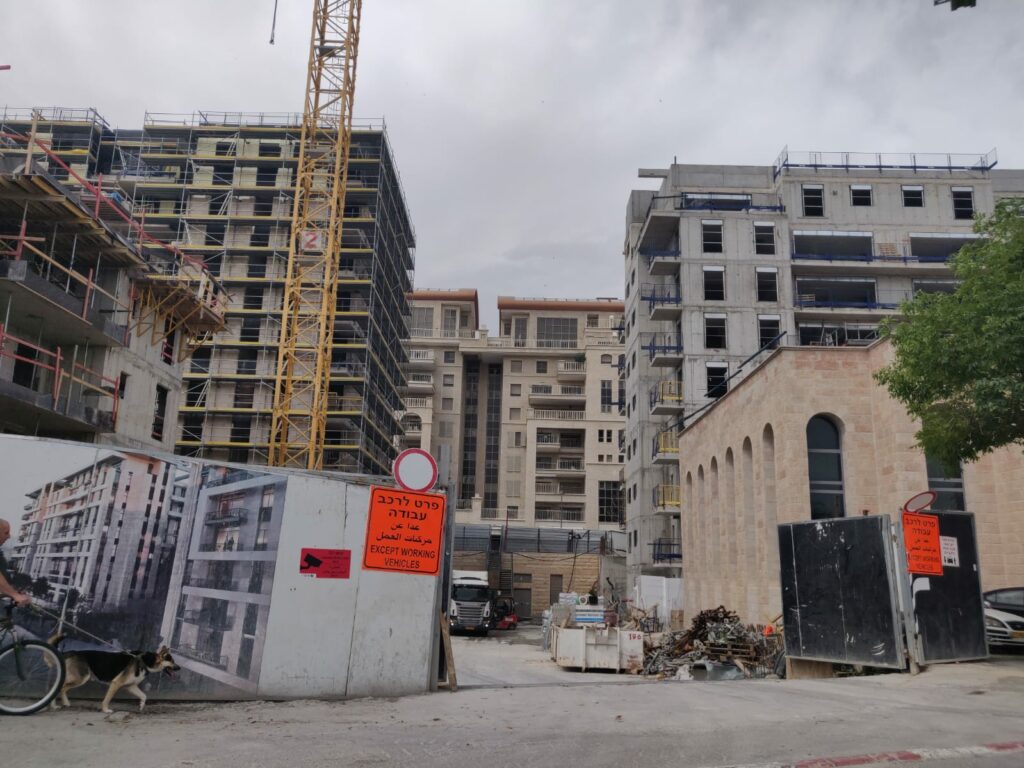
One of the main reasons for the low construction volume is that for many years no significant building plans were approved within the city’s boundaries. With no plans – there are no apartments. However, a series of wide-scale plans which have been approved in the last few months, together with a number of projects which are currently advancing in the process of approval at the Planning Committees, are likely to change the picture significantly in the coming years. These plans will allow for the construction of tens of thousands of new apartments in Jerusalem.
One interesting advancement, which has gained a lot of exposure in the Israeli media in recent weeks, is the “Talpiot Quarter”. This plan is planned for the Talpiot industrial area – a defunct industrial area that covers some 1,000 dunams in the south of the city. An entire new urban neighborhood is planned for this area, with mixed-use including thousands of residential units as well as thousands of square meters designated for business, commerce, culture, and entertainment.
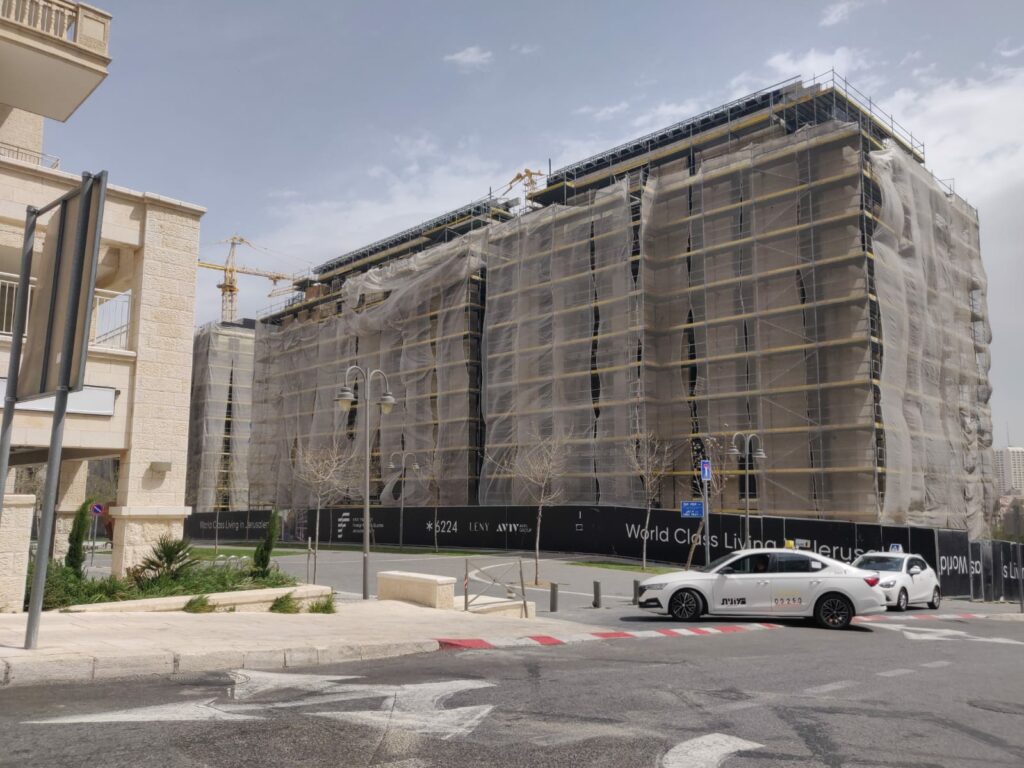
The Jerusalem Municipality told Buyitinisrael, “The plan includes the addition of up to 8,600 residential units, with particular emphasis on including small apartments and creating a varied mix which will be able to provide solutions for the widest possible range of the population at different stages of life. In addition, the planning designation for the land has been completely reorganized to create a fully mixed-use compound – adding an area of 1.3 million square meters for employment, commerce and trade, and public buildings.”
The plan is being promoted by the Jerusalem Development Authority – a public corporation under the joint control of the Israeli government and the Jerusalem Municipality, with the aim of developing projects throughout the city, especially those with a high level of complexity. However, this is a plan which is still in the works, and remains far from final approvals.
A program that is at a much more advanced stage in Jerusalem, is the “White Ridge” plan to build approximately 5,500 new homes in the west of the city. There was long-standing opposition to this idea, mainly from environmental groups, led by the Society for the Protection of Nature in Israel. Nonetheless, last January, the appeals committee of the National Planning and Construction Council rejected all the appeals filed by nature and environmental groups against the plan – and it was finally approved.
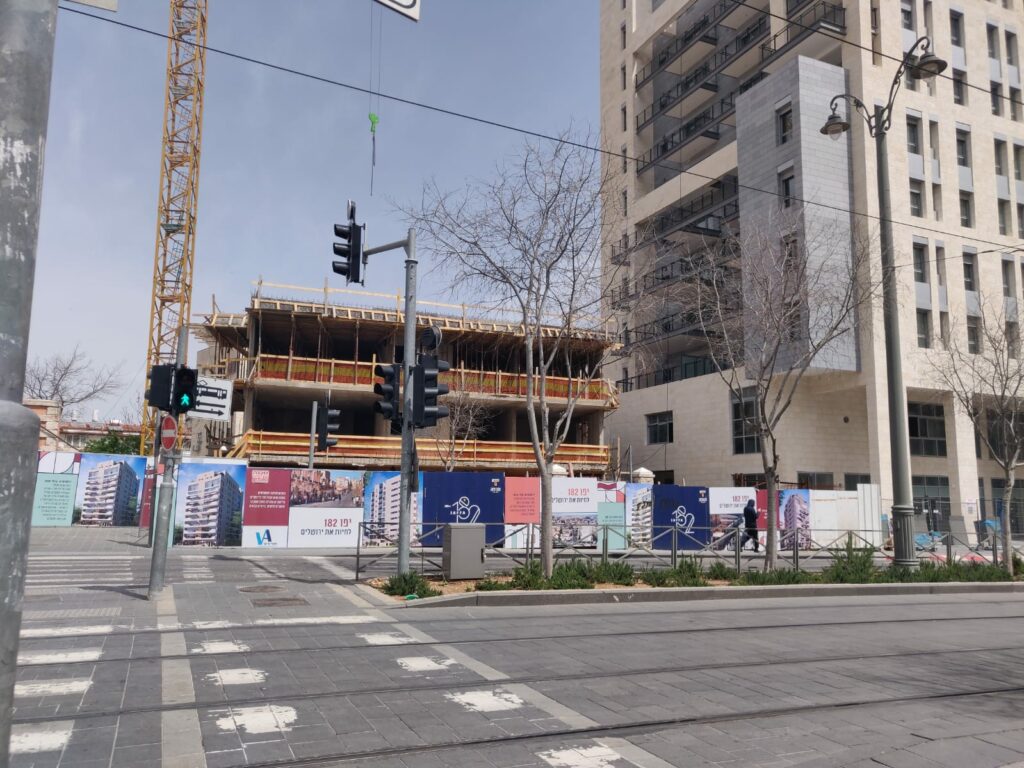
The program covers some 1,045 dunams on the ridges to the south-west of the city, next to Moshav Ora and Moshav Aminadav. A new residential neighborhood will be built on this land, with 5,250 regular residential units and 300 sheltered housing units, as well as areas designated for hotels, employment and commerce.
The largest “pinui-binui” (evacuation-construction) urban renewal plan so far in Jerusalem, was recently approved for the Kiryat Menachem neighborhood. The plan includes the demolition of 18 buildings with 646 apartments on Hanurit and Costa Rica streets, with 1,700 new apartments to be constructed in their place. The new construction will be in buildings of different heights, from 10 to 34 stories. The scheme was approved by the Committee for Preferred Residential Sites, which is authorized to quickly approve large-scale residential projects.
An additional 1,100 new homes will be built as part of the grandiose “City Entrance” plan in Jerusalem. This involves the construction of a new business area at the western entrance to the city. In total, the plan is expected to include 20 towers of 18 to 40 stories, designated for employment, commerce, hotels, and residential units. Last June, the Israel Land Authority marketed the first plot in the plan, designated for two office towers.
Two other plans which are currently being promoted in Jerusalem could potentially add another 11,000 new homes to the city. However, both are still at the very early stages and will take a long time to reach final approval.
The first plan is proposed to cover over the Begin Highway, promoted by the Jerusalem Development Authority. The Begin Highway is the main road that crosses the city from North to South. Under the proposals, a 1.5km stretch would be covered in a way that would connect the two sides of the road and create urban continuity between the Bet Hakerem and Kiryat Hale’um neighborhoods. This plan also includes 2,000 residential units and a 70 dunam park. Last October, the Jerusalem local planning committee recommended the advancement of the plan, which is now waiting for further approval at the regional planning committee.
An additional scheme, which is still in its early stages, is the plan to build 9,000 new apartments as part of a new neighborhood to be developed in the north of the city, in the area of the Atarot airport (also known as the Kalandia airport). This airport has not been in use for the last 20 years. The new scheme is being promoted by the Ministry of Construction and Housing, but in order for it to advance, the government must first decide to cancel the designation of the land as an airfield.
It seems that after many years of relatively stagnant construction in the city, both the planning committees and the Jerusalem Municipality itself have plans to advance large-scale construction of new homes in Jerusalem. The first fruits of the changing trend should already be seen this year, with the marketing of the first plots for construction in the White Ridge, and the start of construction work in the Kiryat Menachem evacuation-construction plan.
